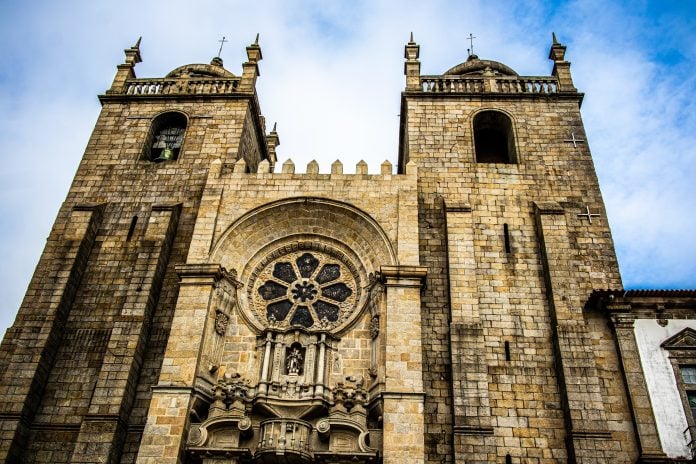Known as Sé do Porto or the Cathedral of Saint Mary of Porto, this iconic structure has captivated the imaginations of both locals and visitors. With its breathtaking design and deep historical importance, the Porto Cathedral is a symbol of the city’s cultural heritage and holds a special place in the hearts of many. Let’s take a look at the history behind the Porto Cathedral, its architecture, and what you can expect when visiting.
History
The history of the Porto Cathedral is closely connected to the city’s fascinating past, with its origins dating back to the 12th century. Construction of the cathedral began in 1110 under the support of Bishop Hugo and lasted for many decades. This Romanesque structure served as a spiritual sanctuary and symbolized the influence of the Catholic Church in the region.
Over the centuries, the Porto Cathedral has gone through renovations and additions, reflecting changes in architectural styles and the cultural and religious atmosphere of the time. In the 14th century, the cathedral’s iconic Gothic cloister was added, providing a peaceful space for contemplation amid the busy city.
In the 19th century, the cathedral served as a refuge for the city’s residents during periods of political unrest and conflicts. Its strong walls and imposing presence offered comfort and protection to those seeking shelter during turbulent times.
Architecture
The cathedral’s architecture is a captivating blend of different styles that have developed over many years. This magnificent building combines elements of Romanesque, Gothic, and Baroque architecture, creating a beautiful and harmonious design.
The Romanesque influence is most noticeable in the cathedral’s impressive exterior. The strong granite structure is adorned with detailed carvings and ornate decorations, reflecting the solid and sturdy style of the Romanesque period. The main entrance, highlighted by a stunning rose window, immediately captures attention and sets the tone for the cathedral’s grandeur.
Upon entering the cathedral, one can observe the transition to the Gothic style. Tall and slender columns, soaring arches, and delicate rib vaults create a magical atmosphere reminiscent of the magnificent Gothic architecture found throughout Europe. The interior is further enhanced by exquisite stained glass windows, which fill the space with vibrant colors and a mystical glow, adding to the cathedral’s enchanting appeal.
During the Baroque period, significant changes were made to the Porto Cathedral, enriching its architectural composition even further. Elaborate altarpieces adorned with gold plating, intricate woodwork, and detailed ornamentation transformed the interior, embodying the opulence and grandeur associated with the Baroque style.
Visiting Times & Tickets
The Porto Cathedral, including the church, museum, and cloister is free to enter.
Visiting Times
- Summer (April to October): 9 am to 6:30 pm
- Winter (november to March): 9 am to 5:30 pm
If you want to attend the Sunday mass, it starts at 11 am.


